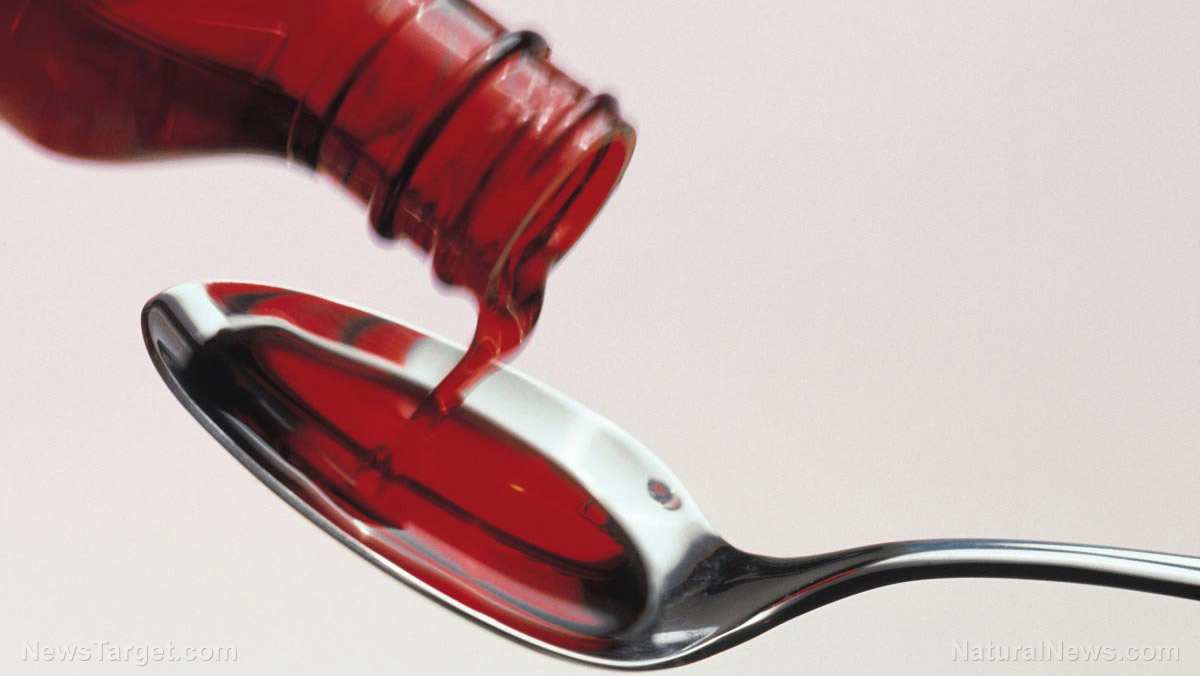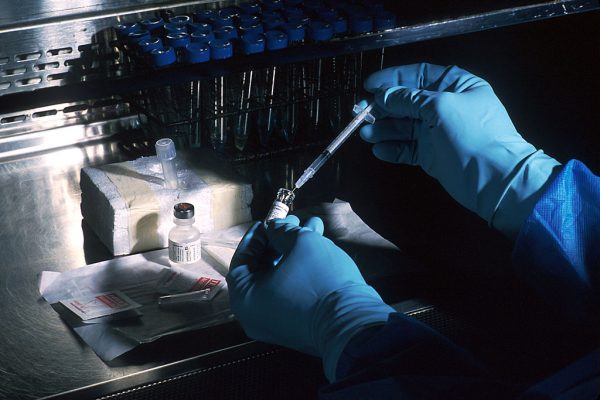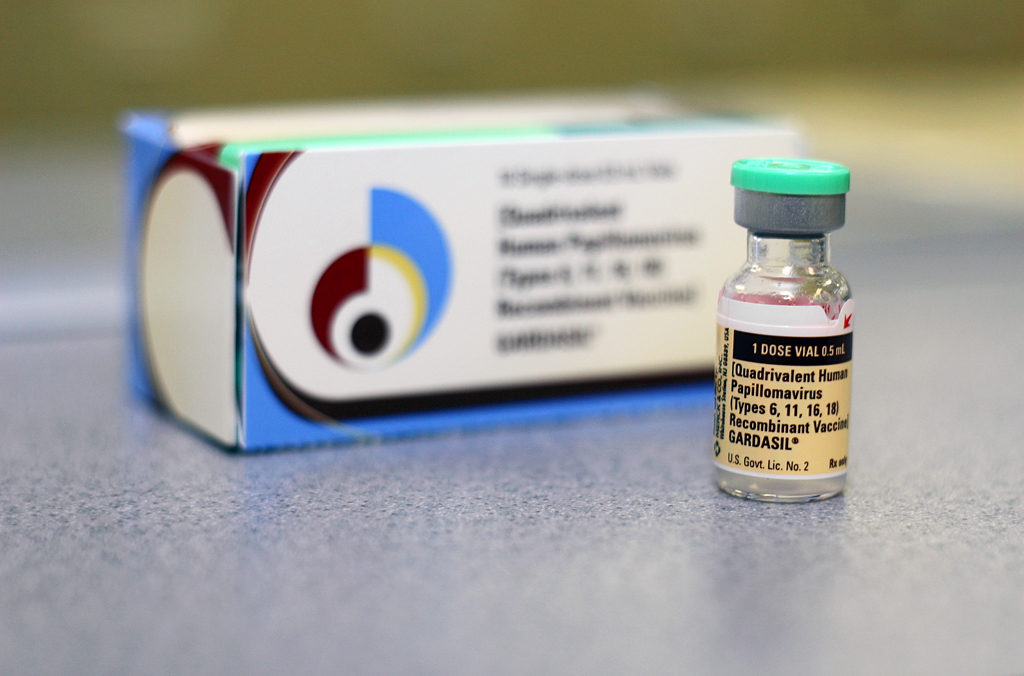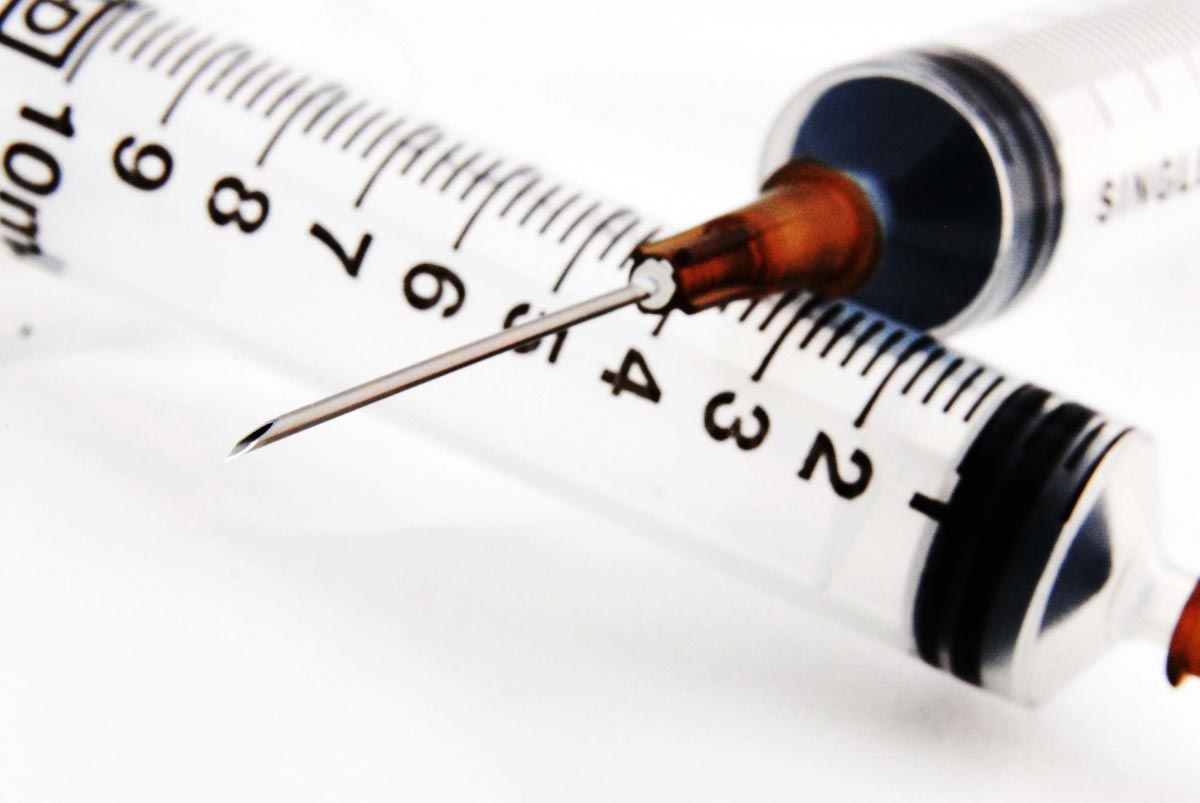Anesthesia for cancer surgery leaves patient with a TWO-DAY erection, followed by permanent erectile dysfunction
06/09/2017 / By Bridgette Wilcox

A Dutch cancer patient was left with permanent erectile dysfunction after suffering from a two-day erection that bent his penis into an hourglass shape. The prolonged erection, medically known as a condition called priapism, was likely caused by anesthesia administered to the patient during a surgery to treat his colon cancer.
According to an account of the case published on BMJ Case Reports, the surgery was successful and the 58-year old man’s recovery was “excellent” initially. However, when he first started to experience erectile problems, he was hesitant to tell attending female nurses. It was only after one entire day of persistent painful erections that the patient notified a physician.
Upon inspection, doctors noted that his penis was in the shape of an hourglass, with the deformity reportedly caused by damage to the muscle in his penis. He was then diagnosed by a urologist with low-flow priapism, which is the most common and serious form of the condition. The patient’s bladder catheter was removed and his epidural was discontinued — however, an evaluation done four hours later showed no improvements.
The patient was then rushed into emergency surgery, at which point he had already had an erection for 48 hours. For the surgery, doctors inserted a shunt into the end of the penis to drain the blood. While the results of the procedure were considered “mediocre” by doctors, it was able to relieve the patient’s pain, and allow him to return to a flaccid state. However, the delayed treatment left him with permanent erectile dysfunction, which he was only able to manage with medication six months later.
The doctors suspect that either the general propofol-based anesthesia or epidural anesthesia given to the patient for his colon cancer surgery caused the priapism.
“It was most likely caused by either general or epidural anesthesia or by a vicious circle that was initiated by the anesthesia and a persisting erectile state causing permanent damage to the cavernous bodies,” doctors said in the report.
Priapism: what’s up?
According to HealthLine.com, priapism is characterized by persistent, sometimes painful erections that last for more than four hours without sexual stimulation. The condition typically occurs among males in their 30s. Priapism is considered a medical emergency, due to the oxygen-deprived blood putting the penis muscles at risk of damage. Without treatment, priapism can cause the destruction of tissue in the penis, leading to permanent erectile dysfunction, as in the case of the Dutch cancer patient.
Normal erections are caused by blood flow to the penis caused by physical or physiological stimulation. When the stimulation ends, the blood flow abates and the erection ends. When it comes to priapism, the blood flow to the penis is problematic. This is affected by several diseases, such as sickle cell anemia, leukemia, and multiple myeloma.
It can also be caused by medications that affect blood flow to the penis, for instance: antidepressants, blood thinners, ADHD medications, and hormone therapy.
Symptoms of priapism are different in low-flow and high-flow cases. Those with low-flow priapism experience prolonged erections in the absence of sexual stimuli, a rigid shaft with a soft tip, and pain in the area. Those with high-flow priapism typically have the same symptoms, except that they do not experience pain. Treatments usually involve the use of a needle and syringe to drain the excess blood from the penis. Another treatment method includes injecting medication into the penis to regulate blood flow, or, in more serious cases, surgery.
Priapism should be treated as soon as possible to avoid permanent erectile dysfunction.
Get more updates like this on MensHealth.news.
Sources include:
Tagged Under: Anesthesia, erectile dysfunction, priapism



















